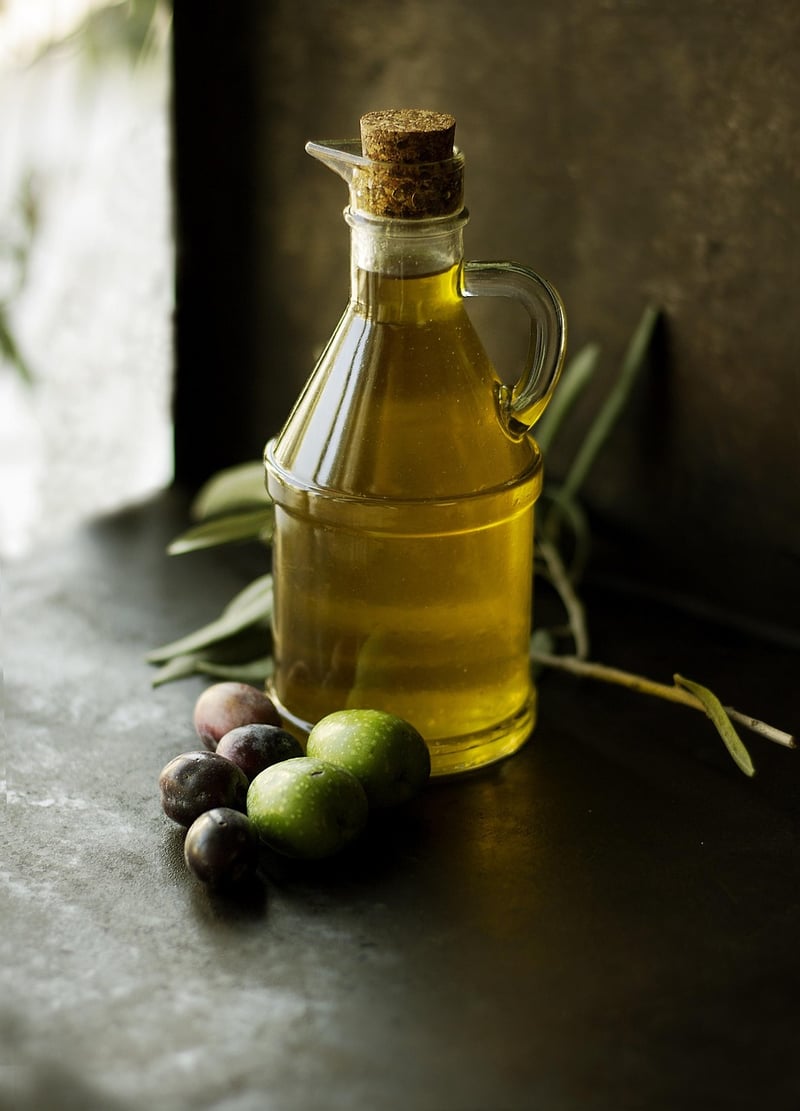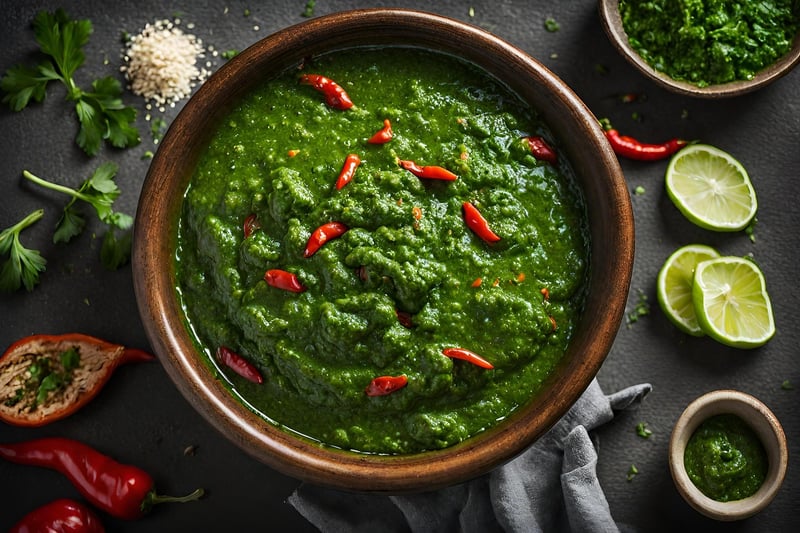Regional Influences
The Gastronomic Past: Exploring Culinary Traditions and Regional Influences
Food is not merely sustenance; it is a reflection of culture, history, and tradition. Delving into the gastronomic past allows us to uncover the rich tapestry of flavors and influences that have shaped the way we eat today. Let's embark on a journey through time and space to explore the regional influences that have left an indelible mark on our culinary heritage.
Exploring Culinary Traditions
Every dish tells a story, and behind each recipe lies a narrative of migration, trade, conquest, and innovation. From the spice routes of ancient times to the fusion cuisine of modern cities, our culinary traditions are a testament to the interconnectedness of the world.
The Mediterranean Melting Pot
The Mediterranean region, with its abundance of olive groves, vineyards, and citrus orchards, has long been a melting pot of culinary influences. From the aromatic spices of the Middle East to the fresh seafood of the Mediterranean Sea, the flavors of this region are as diverse as its history.

Asian Fusion Flavors
Asia, with its myriad of cultures and cuisines, has given rise to some of the most beloved dishes in the world. From the fiery curries of India to the delicate sushi of Japan, Asian fusion flavors continue to captivate taste buds across the globe.

Regional Influences
Our culinary landscape is a patchwork of regional influences, each contributing its unique flavors and techniques to the global table. Let's take a closer look at some of the prominent regional influences that have shaped our eating habits:
The Spice Trade Routes
The spice trade routes of the ancient world were not just conduits for exotic spices; they were also highways for the exchange of culinary traditions. The flavors of India, the Middle East, and Southeast Asia mingled along these routes, giving birth to new and exciting dishes.

The Silk Road Exchange
The Silk Road was not just a pathway for silk and other goods but also a corridor for the exchange of ingredients and cooking techniques. From China to the Mediterranean, this ancient trade route facilitated the spread of noodles, spices, and tea, enriching the culinary landscape of the regions it connected.

As we savor the flavors of the past, let us remember that every bite we take is a taste of history. Our culinary heritage is a living testament to the diverse influences that have shaped the way we eat and cook today.
So, the next time you sit down to a meal, take a moment to appreciate the flavors on your plate and the stories they carry from the gastronomic past.
